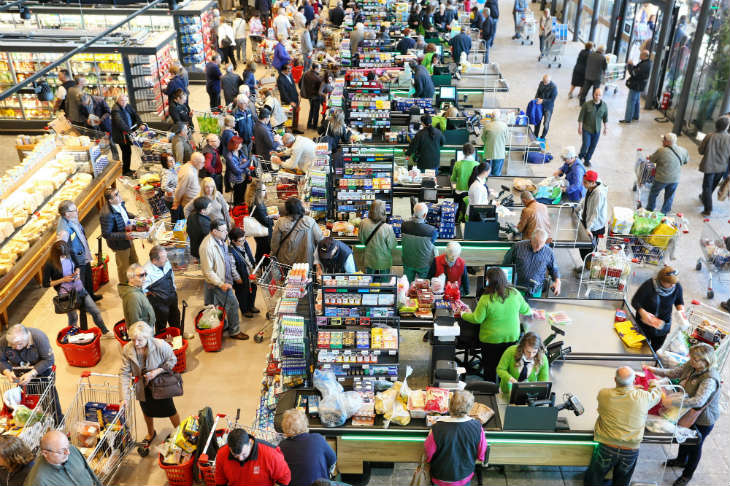The Top Retail Analytics Trends for 2018

‘Big Data’ remains a key driving factor in business, whether online or offline. In 2018, retail analytics will have a key role to play in optimising the way that retailers use data to create competitive advantage and engage customers. These are just a few of the retail analytics trends that we’re likely to see take off this year.
Prescriptive analytics
We have already entered an era of predictive analytics where retailers are able to use the analysis of data to influence and shape the customer journey. The next big trend is likely to be prescriptive analytics, which crunches data - such as available product and time and geo location - to select a best course of action to optimise profit margin.
Responding to increased demand for convenience
Of all the factors that are changing the way that we shop it is the desire for convenience that has really begun to shape consumer and retailer interactions. In 2018, we are likely to see increased use of retail analytics to employ data on customer history and information such as delivery options to find the best way to deliver convenience that makes a brand more competitive.
Optimising marketing spend
“How to measure marketing ROI?” has been the key – and often unanswerable – question for some time. Today, we are seeing the beginning of the use of retail analytics to provide key insights into how well marketing campaigns and initiatives perform. Early adopters can already view how marketing ROI was generated by marketing efforts so as to tweak future spend and strategy accordingly – and this is likely to be a widespread approach by the end of the year.
Finding the pricing sweet spot
Too high a price can be off-putting for consumers; too low a price and there might be an assumption made about lack of quality. Retail analytics also have a role to play in enabling brands to monitor the execution of existing pricing strategies to help identify that key pricing sweet spot for the future.
Behavioural insights
How do customers move around your store? When does store traffic peak? Which items are often purchased in tandem? Digital retailers have access to all of this information and now, thanks to retail analytics, so too do bricks and mortar stores. Using it will enable retailers to have more influence over the customer journey and to provide an experience that is fruitful for the business, as well as encouraging the customer to return.
Share this
You May Also Like
These Related Posts
How Footfall Counters Can Benefit Your Retail Store

Why Increasing Staff Numbers Doesn't Necessarily Increase Efficiency
Retail Technology: Why People Counters Alone Are Not Enough
Connect with us
Need more information? Ready to get started? We're here to help, get in touch.


